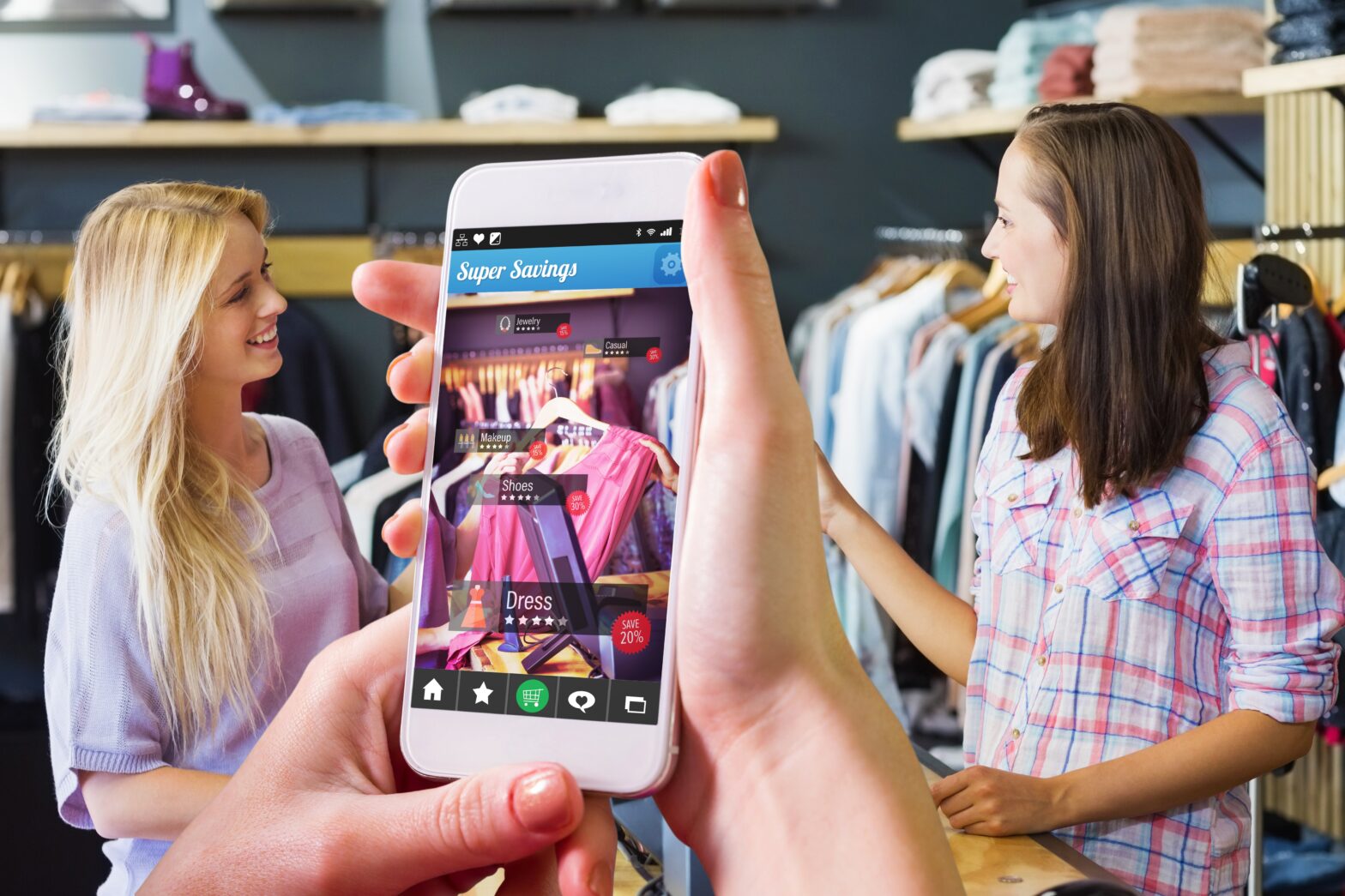Amazon is the leader in the online marketplace, but beneath the smiling face of this online retail giant lays a technology company powered by its own innovations. Traditional retailers can only rely on the technology that is available to them, whereas Amazon creates it and uses it to manage, market and sell inventory.
Traditional retailers need not fear, whilst they are in a position to use technology that is affordable, Amazon has its own weaknesses that traditional retailers can look to exploit. Amazon Go is a great example of this, the checkout-free bricks-and-mortar store created by Amazon’s own advancements. Is this model adaptable to the wide range of consumer products that extend beyond the groceries that it currently offers?
Currently the answer is no, not for all, as store staff are legally required to be present in any transaction involving products such as tobacco, alcohol, fuel and solvents this presents a unique problem. On top of this, the technology behind the cashier-free system has been widely reported as unreliable, crashing under strain when more than 20 people are shopping in store.
>See also: How established retailers are challenging the challengers
Even if Gen Z are influenced in their shopping habits by mobile and social media, research by IBM and NRF indicates that 98% of Gen Z shoppers prefer the traditional hands-on shopping experience.
So retailers may have the upper hand here, but they cannot get carried away and neglect the technology. Standing out from Amazon means providing an omni-channel experience that seamlessly combines the online, mobile and in-store shopping experience, ensuring that products are available to the customer ‘as and when’.
Delivering a prime service
Amazon Prime’s rapid delivery options are a strong lure for consumers but traditional retailers can still compete by optimising inventory systems to provide full control and visibility of stock. An accurate up-to-date picture of stock-availability will allow any retailer to manage customer expectations and deliver on them.
Prime works well when the customer has done the research, knows exactly what he or she wants and has it delivered at a time and location that suits, yet savvy retailers can convert customer research into a sale before the customer even reaches Amazon.
>See also: The dawn of post modern retailing
For example, customers who showroom – viewing the product in-store before purchasing online – could be encouraged to complete the purchase on the premises, offering price-matching and same-day delivery, or collection within the hour. This is entirely possible if you have a clear view of your inventory.
Defining pricing strategies
To improve pricing strategies retailers have to be more efficient. Again, it is about stock-availability and being able to reduce costs through optimisation. In sectors such as fashion, returns can account for 33% of items bought online.
Research shows this is a consequence of customers trying out different styles. This all seems like a very clumsy and costly system in the era of omni-channel and sending unwanted items back comes at a cost that the retailer can do without.
Cognitive systems or “learning computers” help customers get it right first time by developing a digital footprint, reducing the number of returned goods by understanding what styles and sizes each customer has bought, and kept, in the past. The same technology can utilise social media and other data inputs to predict shopping trends and demands.
Aiming for the weak points
On the surface, Amazon Prime’s free shipping perk does appear attractive, although some users have claimed the same products are available for less money elsewhere.
>See also: Driving retail possibilities and e-commerce with data
Customers must pay a premium after the trial period, and unless the service is being used on a regular basis or the other Amazon Prime service offerings are fully utilised, customers don’t always experience value for money. Although Amazon Prime has certainly enhanced delivery service options in major towns and cities, those who do not live in major conurbations may not be included.
One Amazon Prime-user took to Twitter to complain that on Amazon Prime day, the stock of high-demand items ran out quickly, yet those items still available were the more uninspiring product ranges. These are all potential weak points in the Amazon edifice and traditional retailers should seize the opportunity to capitalise on them.
Sourced by James Pepper, technical services director, Vista Retail Support







